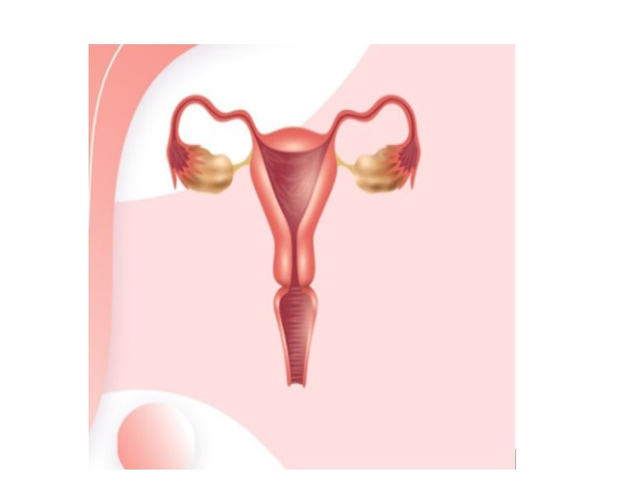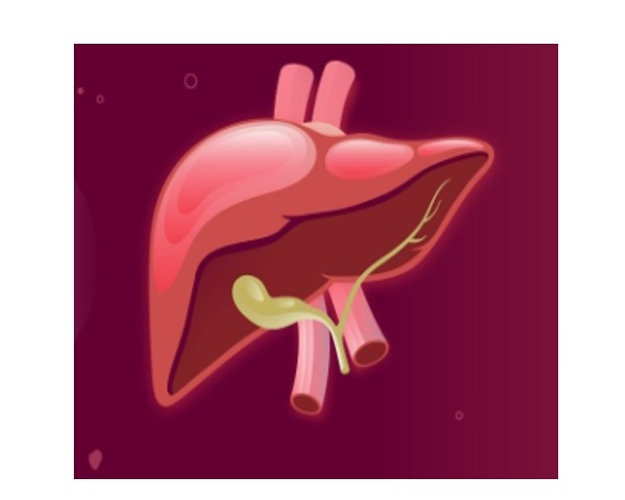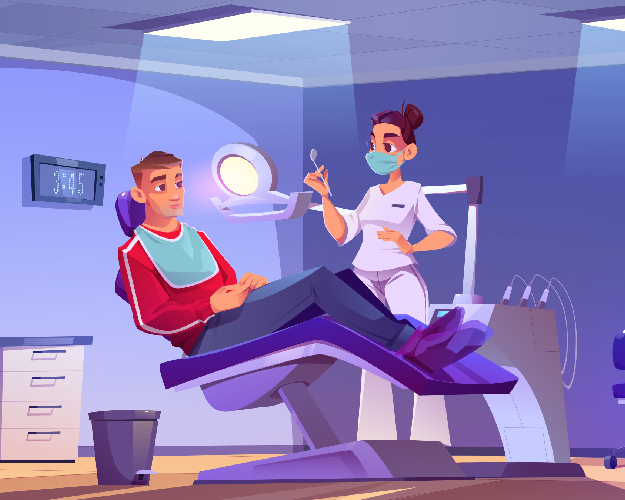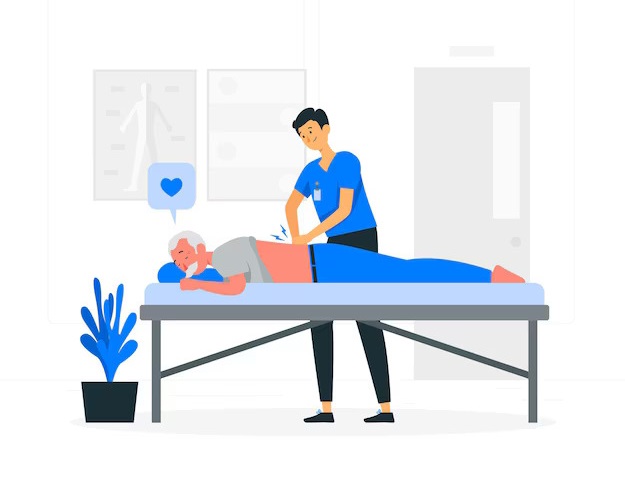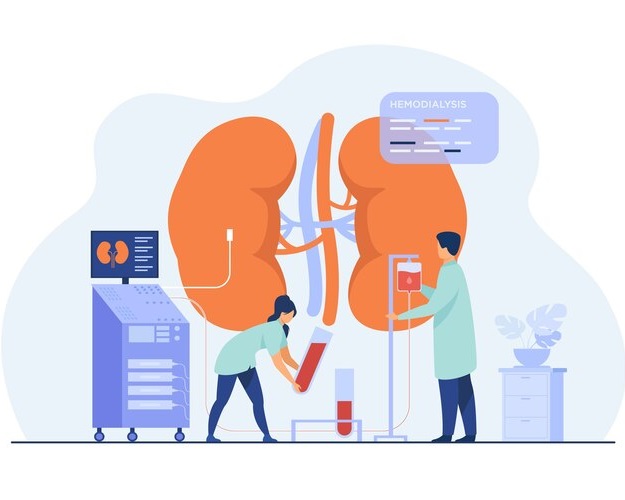
Understanding Diabetes: Causes, Symptoms, and Effective Management
Diabetes is a chronic disease that affects how your body turns food into energy, impacting millions globally with increasing prevalence in countries like India. Understanding its causes, symptoms, and effective management is crucial for both patient education and effective prevention strategies.
What is Diabetes?
Diabetes is a group of metabolic disorders characterized by high blood glucose (sugar) levels due to insufficient insulin production or resistance to insulin’s effects. The condition is broadly classified into Type 1, Type 2, and gestational diabetes, with Type 2 being the most common form, especially among adults.
Causes of Diabetes
The underlying cause of diabetes varies by type, but all forms involve problems with insulin production or function:
1. Type 1 Diabetes: An autoimmune reaction destroys insulin-producing cells in the pancreas, leading to little or no insulin.
2. Type 2 Diabetes: Characterized by insulin resistance and/or reduced insulin production. Major risk factors include:
a. Overweight and obesity
b. Sedentary lifestyle
c. Age above 35 (though younger people are increasingly affected)
d. Family history
e. Certain ethnicities (Asian, African, Hispanic)
3. Gestational Diabetes: Develops during pregnancy, commonly due to hormonal changes affecting insulin.
Other causes include gene variants, pancreatic damage, certain medicines, and endocrine disorders (such as Cushing’s syndrome or thyroid disease).
Common Symptoms of Diabetes
Diabetes can present with classic symptoms or remain asymptomatic for years, particularly in Type 2 diabetes. Recognizing early signs is vital for timely diagnosis and intervention:
1. Increased thirst (polydipsia)
2. Frequent urination (polyuria)
3. Extreme hunger
4. Unintended weight loss
5. Fatigue and tiredness
6. Blurred vision
7. Dry mouth and itchy skin
8. Slow-healing sores or frequent infections
9. Genital itchiness (often due to Candida infection)
10. Headaches (especially due to low blood sugar)
Emergency complications, such as diabetic ketoacidosis in Type 1 and hyperosmolar hyperglycemic state in Type 2, can result in nausea, vomiting, confusion, and unconsciousness without timely treatment.
Understanding the Risks
Diabetes can affect anyone, but people with overweight, sedentary habits, family history, or belonging to high-risk ethnic groups have higher chances. Additionally, those exposed to tobacco or suffering from certain hormonal conditions should be extra vigilant.
Effective Management Strategies
Managing diabetes involves a combination of lifestyle modifications, medications, technological advancements, and regular monitoring:
1. Healthy Eating and Nutrition
a. Adopting evidence-based dietary patterns focused on balanced meals with plant-based proteins and fiber supports metabolic goals and nutrient quality.
b. Portion control, reducing refined sugars, and limiting processed foods are key.
2. Physical Activity
a. Engaging in regular physical activity helps improve insulin sensitivity and control body weight.
b. Simple activities like brisk walking, cycling, or yoga contribute to glycemic control.
3. Medication and Insulin Therapy
a. For Type 1 diabetes, lifelong insulin therapy is mandatory.
b. Type 2 diabetes may be managed with oral medications (such as metformin), newer drugs like GLP-1 receptor agonists (which can promote heart and kidney health), or insulin when required.
c. GLP-1 receptor agonists may also offer weight loss and additional metabolic benefits.
4. Blood Glucose Monitoring
a. Continuous glucose monitoring (CGM) is transforming diabetes care by providing real-time blood sugar trends, improving outcomes, and empowering informed decision-making.
b. In India, systems like Freestyle® Libre are enhancing patient-doctor communication by integrating digital health tools (DHTs) for personalized care.
5. Weight Management
a. Maintaining a healthy weight reduces risk and improves glycemic control.
b. Some patients benefit from pharmacotherapy to support weight loss, which should be continued even after reaching initial goals based on recent guidelines.
6. Preventive Care and Screening
a. Early screening, especially for at-risk populations (family history, genetic predisposition), enables preventive strategies and presymptomatic detection.
b. Regular check-ups can prevent complications affecting the heart, kidneys, eyes, and nerves.
7. Patient Education and Support
a. Diabetes education is integral to successful management.
b. Teaching patients about self-care, healthy habits, medication adherence, and emergency signs empowers them for better outcomes.
Technological Advancements in Diabetes Management
Digital tools and CGM systems, especially in countries like India with high diabetes prevalence, are revolutionizing routine diabetes care. These technologies not only provide detailed glucose insights but also drive workflow efficiency for healthcare teams, bridging gaps in patient access and self-management.
Recent Guideline Updates (2025)
According to the American Diabetes Association’s 2025 Standards of Care, there is major emphasis on:
a. Encouraging CGM use for a broader range of patients
b. Evidence-based dietary guidance
c. Continued use of safe weight management drugs
d. Screening protocols for Type 1 and Type 2 diabetes risk
e. Integrating patient-centric digital health tools into clinical practice.
Conclusion
Diabetes management is a lifelong process requiring a multifaceted approach involving healthy lifestyle choices, timely medical interventions, advanced monitoring tools, and ongoing patient education. In India and worldwide, embracing digital health solutions, regular screening, and evidence-based guidelines offers hope for preventing complications, reducing disease burden, and elevating quality of life for individuals living with diabetes.


